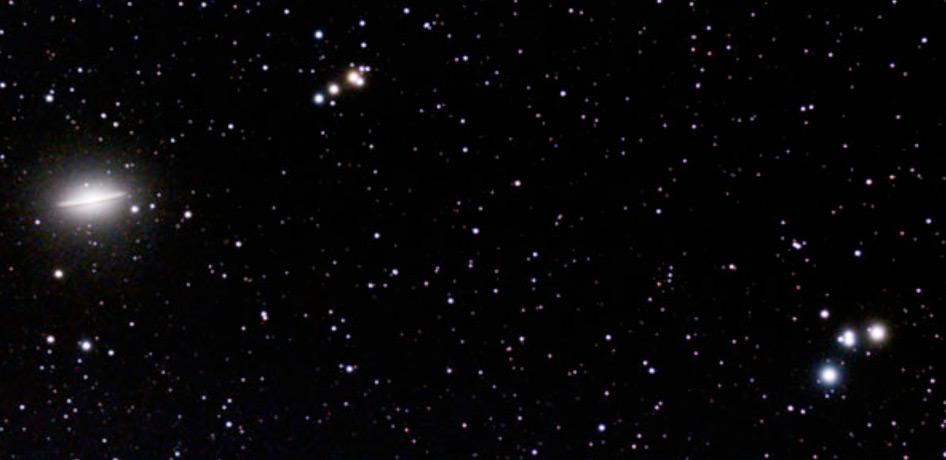The Sky in May
Meteor Shower
Eta Aquarids
Peaks May 4-6May Constellations & Folklore
By Francine JacksonObserving Projects for May
A Selection of Double Stars in Corona Borealis
: By Glenn ChapleSpring Double Stars: The Three Leaps of the Gazelle
: By Nan D'AntuonoSome Bright Summer Double Stars
: By Glenn ChapleSome Bright Spring Double Stars
: By Glenn Chaple
A Selection of Double Stars in Boötes
: By Glenn ChapleA Selection of Double Stars in Draco
: By Glenn Chaple
A Better Galaxy Guide: Late Spring
: By Craig Cortis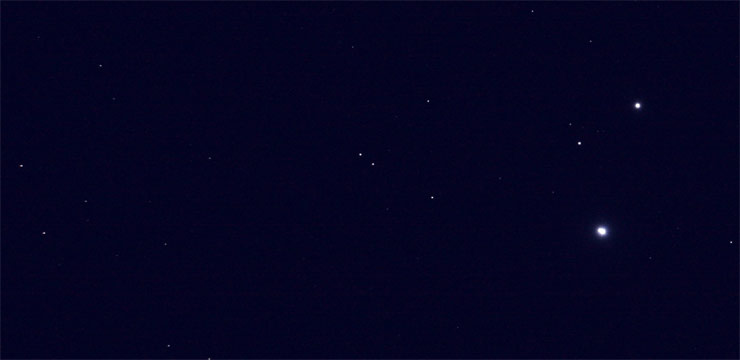
Mizar, The First Double Star
: By Glenn Chaple44 Boötis
: By Glenn ChapleMessier 6 and Messier 7
: By Glenn ChapleCan You Find a Quasar? (You Might be Surprised)
: By Craig CortisM40: The “Unknown” Messier Object
: By Glenn ChapleIt’s Full of Stars!
: By Dave HuestisNGC 6207
: By Glenn ChapleIzar (ε Boötis)
: By Glenn ChapleMay Constellations & Folklore
: By Francine Jackson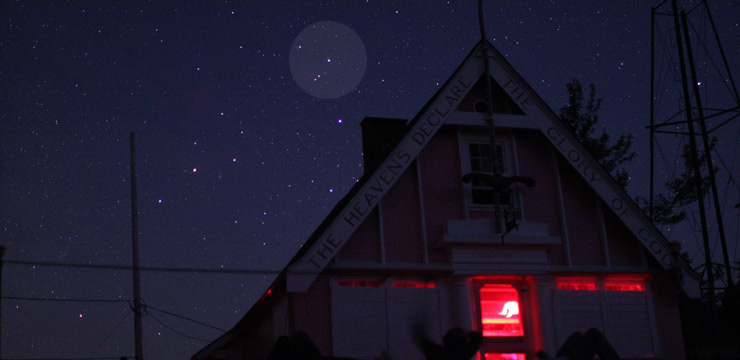
β Scorpii
: By Glenn Chaple3C 273: Quasar in Virgo
: By Glenn ChapleM92: Globular Cluster in Hercules
: By Glenn Chaple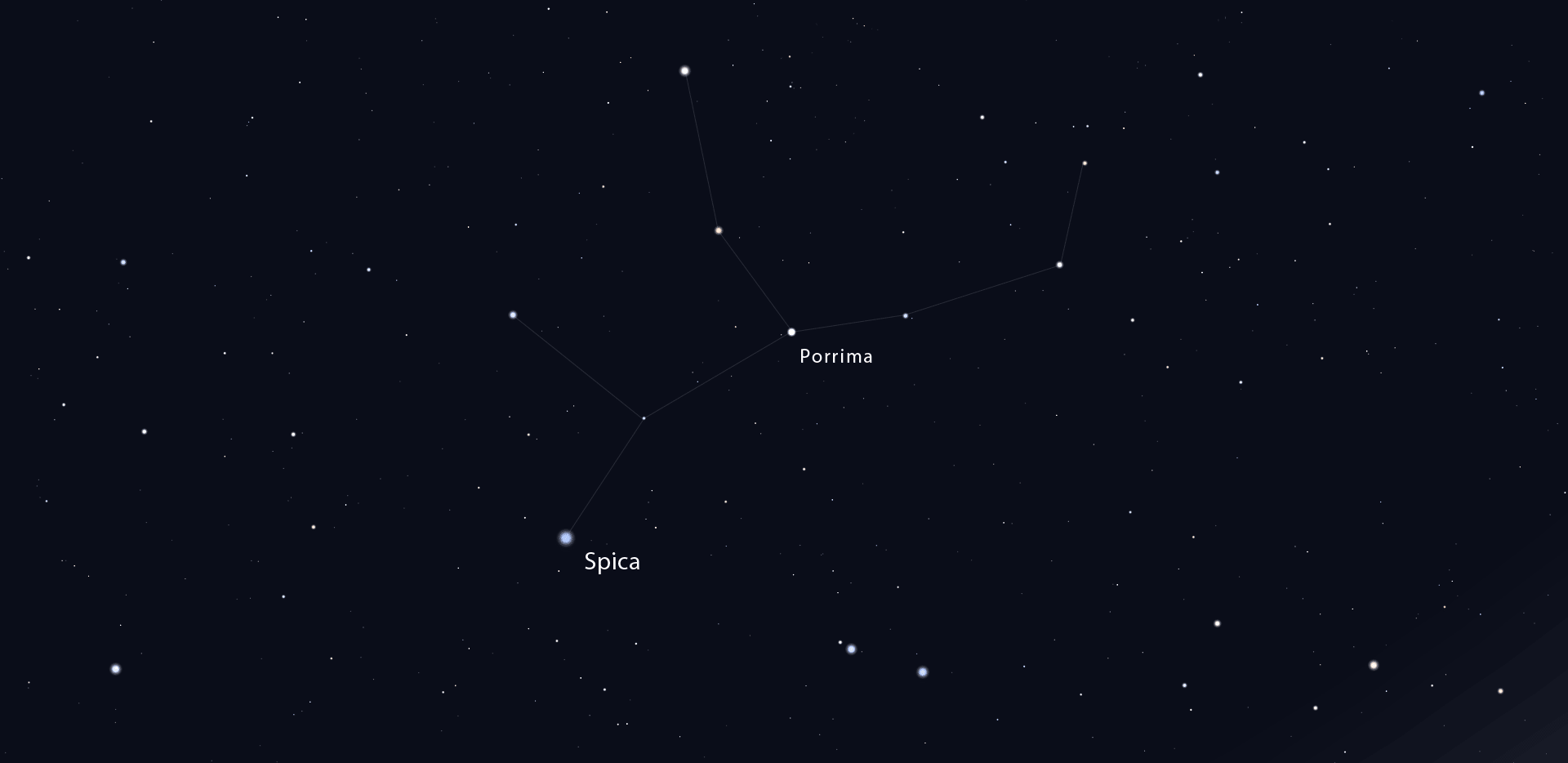
Porrima: Binary Star in Virgo
: By Glenn ChapleBinary Star: Xi Boötes
: By Scott MacNeillNu Scorpii
: By Glenn Chaple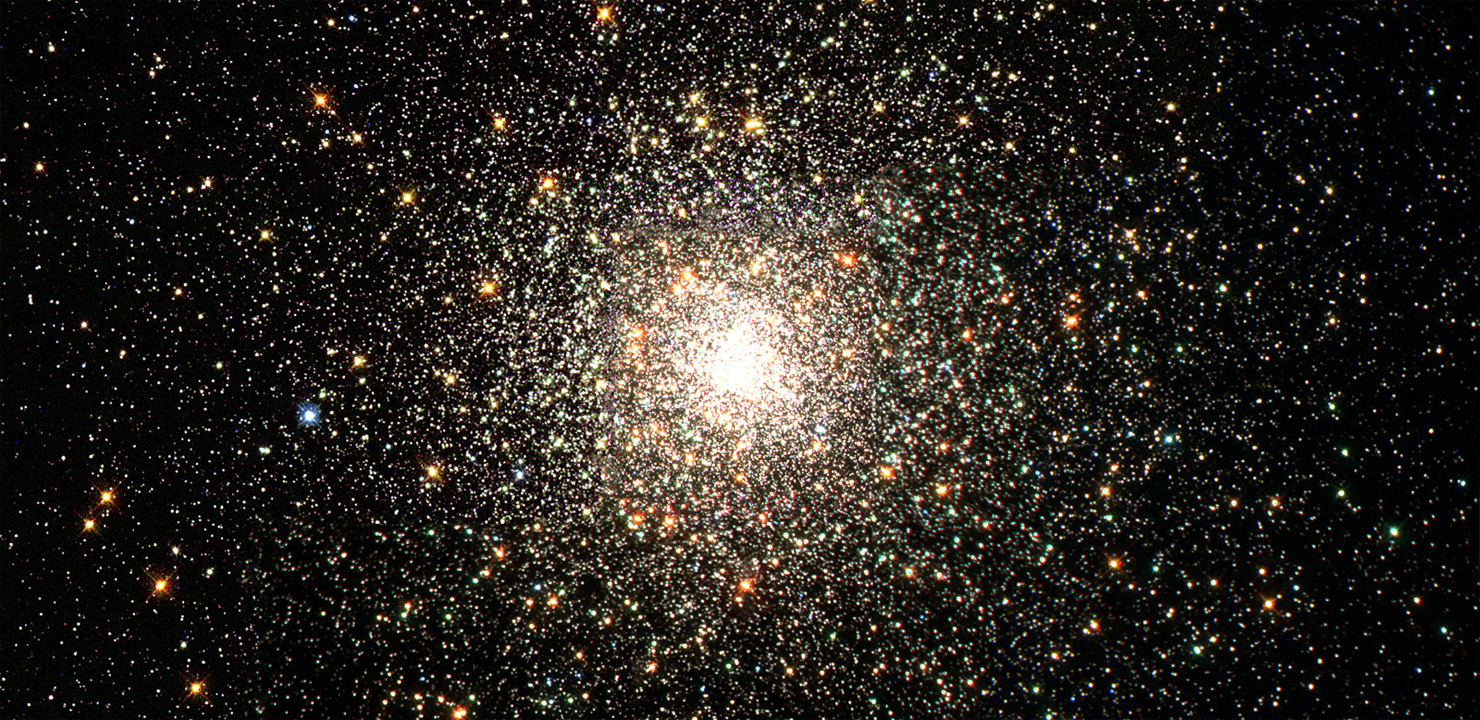
M80: Globular Cluster in Scorpius
: By Glenn ChapleA Review of Harrington's Spring Sky Highlights
: By Francine Jackson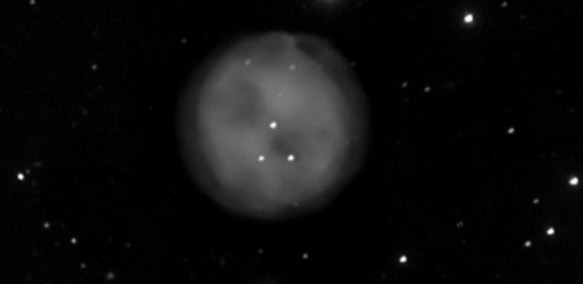
M97: The Owl Nebula
: By Glenn Chaple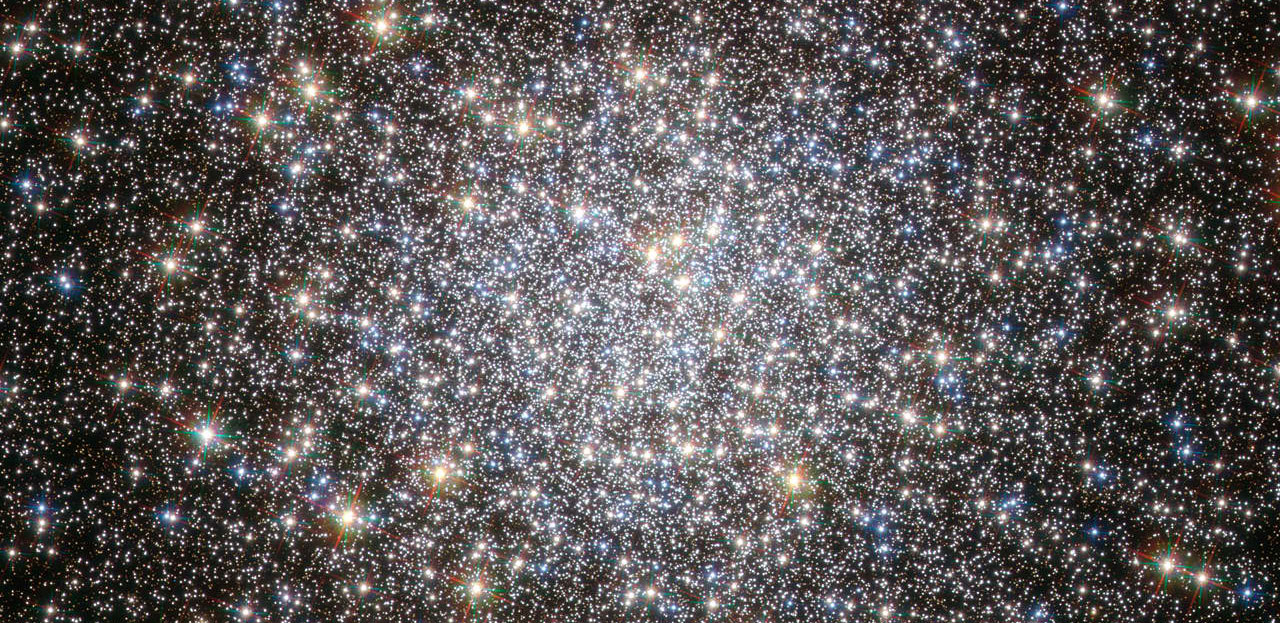
M5: Globular Cluster in Serpens
: By Glenn Chaple
M101: Spiral Galaxy in Ursa Major
: By Glenn Chaple